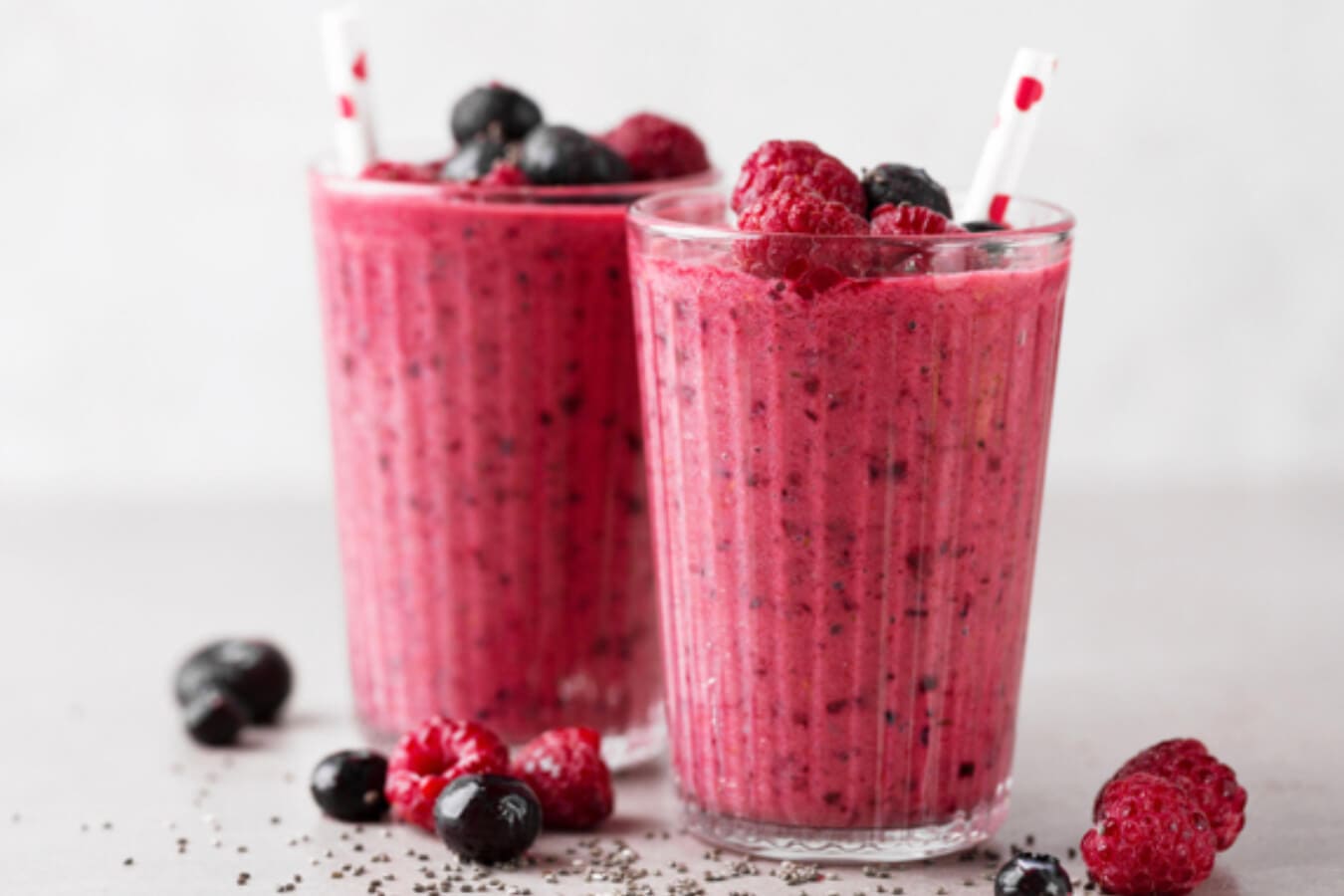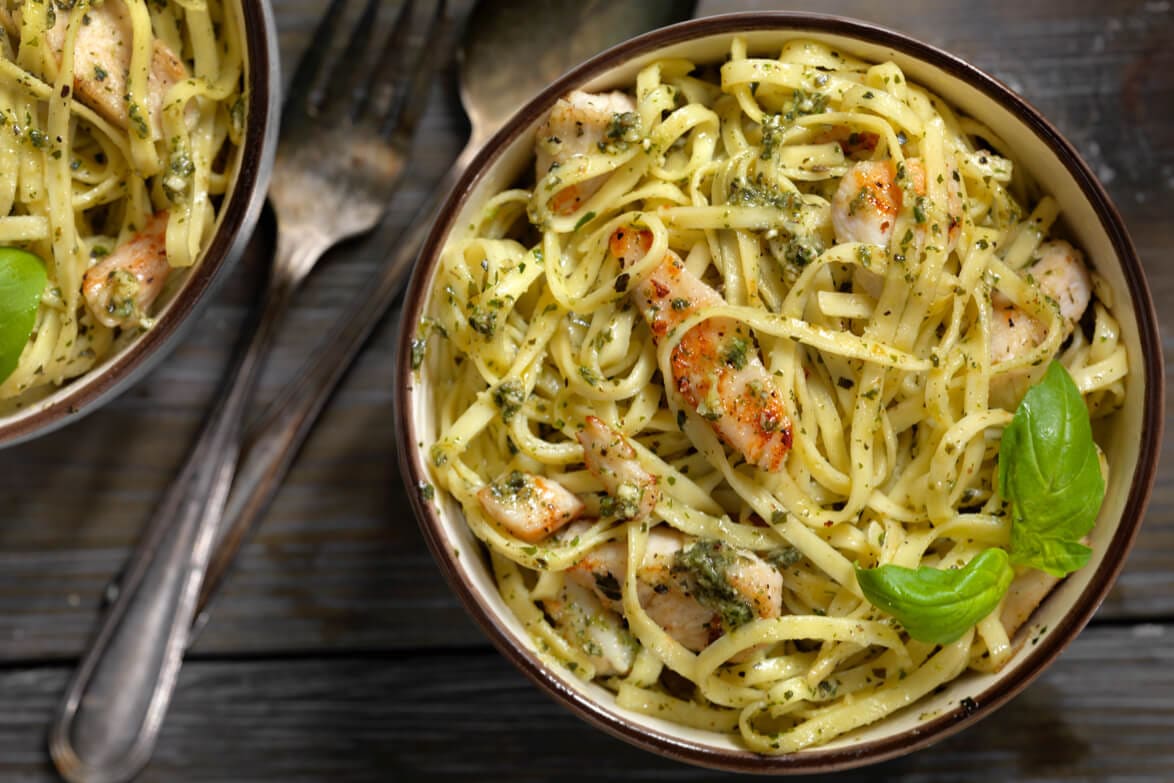This content was produced for the foundry @ Meredith Corp. Health editorial staff was not involved in its creation or production.
horizons
Meal and Snack Ideas for Cancer Treatment and Recovery
Use these tips to stock your kitchen with easy-to-digest, nutritious foods that you’ll actually feel like eating during your cancer treatment.
Cancer can drastically impact your eating habits, including both your sense of taste and your interest in food. These symptoms can be especially problematic when your body is trying to heal, a time when nutrition matters most. You may need to put a great amount of thought into your food consumption, searching for different recipes and trying different methods to make the meals you need and enjoy. Here are some tips to make food delicious again for you.
Breakfast anytime: Pancakes, eggs, muffins and more.
Everybody loves breakfast foods. And, since many people who are undergoing cancer treatment find that their appetite is best in the morning, breakfast fare is a win-win. So consider breakfast an opportunity to get those nutrients your body needs, at a time when you’re most able and ready to enjoy them.
Luckily, breakfast food can be pretty nutrient-rich to begin with (oatmeal or scrambled eggs, anyone?) and it’s appealing and tasty all day long. Breakfast is also a great opportunity to savor fresh fruits, and even vegetables.
Main dishes: Vegetarian, fish, poultry and meat.
With altered tastes and an underwhelming appetite, you might find it difficult to find enough protein to to help you heal, maintain muscles and keep your immune system strong. And, making things even more difficult, many nutrition and cancer experts recommend sticking to a plant-based diet. However, finding the right nutritious recipes can help manage these obstacles—and provide good and nourishing food that can be shared and enjoyed by everyone at the table.
Round out your plant-centric meal plan with the occasional fish, poultry and meat-based dishes, as well as the comforts of pasta and noodle dishes—in short, keep things interesting with something for every mood and craving.

Savory spoonfuls: Soups and purees.
Soup is the food we associate most with healing, and no wonder: it provides nourishing liquid to help keep you hydrated. If you don’t have much appetite, soup can deliver a lot of nutrition in a few delicious spoonfuls. And, of course, soup is (usually) warm and soothing. What’s not to love?
Most soups can be made ahead and easily frozen. Try whipping up a batch on a “feel-good” day and freezing the leftovers in single-serving containers; you’ll have something nourishing waiting for you on a low-energy day.
Having trouble swallowing? Many soups are pureed to easy-to-swallow smoothness—and just about all of them can be whirled in a blender or food processor to a texture that appeals to you. By the way, there’s no need to serve soups piping hot, which can irritate a sore throat. Let them cool to room temperature if needed. They’ll still be delicious.
Substantial snacks: Small bites and light meals.
Your goal is to stay well-nourished and maintain your weight throughout cancer treatment, but there may be days when the idea of a “regular-size” meal (let alone three of them!) might be too much.
During those times, reach for a little bit of something nourishing every few hours. And, if all you’re up for is something easy and soothing to swallow, try a smoothie. Those cool, creamy treats have always been a tasty way to pack in fiber, nutrients and hearty proteins—and (as any smoothie barista will tell you) they allow for endless creativity.
Flavor boosters: Sauces, condiments and dressings.
With the taste changes that can come with chemotherapy and radiation therapy, some foods might not taste like they used to. Adding flavorful condiments can make all the difference! A zippy salsa might be just the thing to top the fish fillet that now tastes flat, or an intense marinade might wake up an otherwise tasteless burger or chicken breast.
Condiments like these can also help you “sneak in” some calories and nutrients that your body needs. A delicious dressing or a creamy dip could make vegetables more appealing—and, with a few crackers or crispbreads, turn them into a satisfying mini-meal. A smooth sauce or gravy can help moisten foods and make them easier to swallow, boosting calories and flavor at the same time.
For all these reasons, having a few great condiment recipes is like money in the bank. Most store well, so keep a supply in your fridge to have on hand when you need them.Flavor boosters: Sauces, condiments and dressings.
With the taste changes that can come with chemotherapy and radiation therapy, some foods might not taste like they used to. Adding flavorful condiments can make all the difference! A zippy salsa might be just the thing to top the fish fillet that now tastes flat, or an intense marinade might wake up an otherwise tasteless burger or chicken breast.
Desserts with benefits: Pies, cobblers and creamy treats.
Sweets are a great way to add calories; you knew that long before cancer came into the picture. So if maintaining your weight is a challenge, enjoying desserts after meals, or even as snacks, can help. And even if you’re managing your weight, an occasional dessert can, well, just make life a little sweeter. Sometimes it might be all you’re in the mood for.
Bonus: Whip up the right desserts and make treats that aren’t simply empty calories, but also deliver a sweet amount of nutrients in the bargain. Call them “desserts with benefits.” There are plenty of ways to do that deliciously, from creamy puddings, pies and freezer pops made with calcium-rich milk and yogurt (dairy or nondairy) to pies and cheesecake with colorful, vitamin-packed berries. You’ll find them as good for your body as they are for your soul.
As previously posted on EatingWell.com



